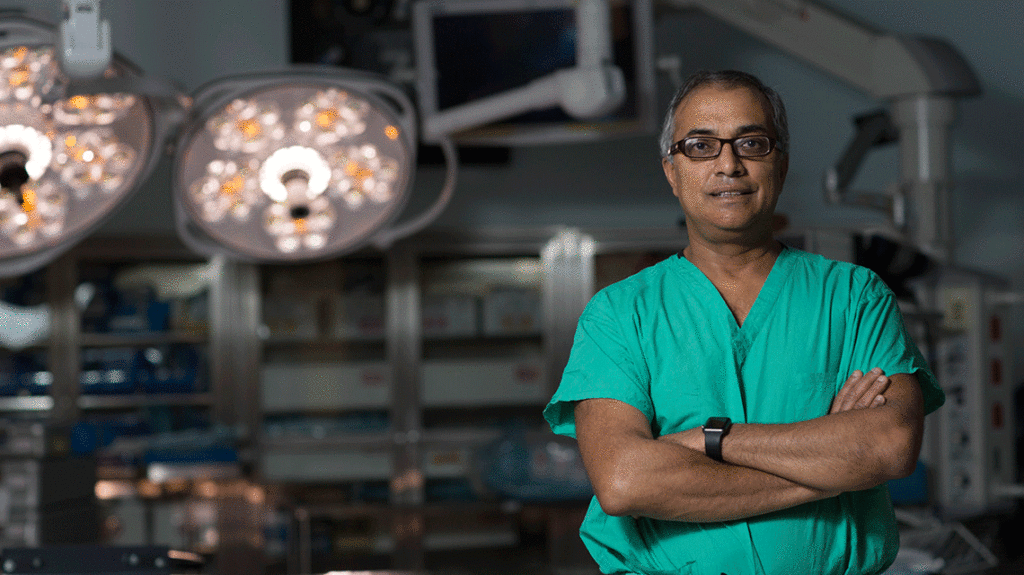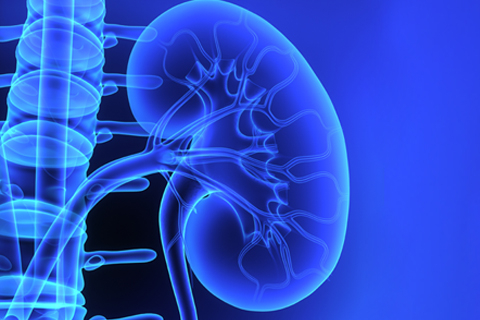Is Dextranomer/Hyaluronic Acid an Effective Bladder Neck Bulking Agent for Patients with Persistent Incontinence Following Bladder Neck Reconstruction?
Is Dextranomer/Hyaluronic Acid an Effective Bladder Neck Bulking Agent for Patients with Persistent Incontinence Following Bladder Neck Reconstruction? https://pediatricsnationwide.org/wp-content/uploads/2020/12/031716BS561G-jayanthi-header-1024x575.gif 1024 575 Pam Georgiana Pam Georgiana https://pediatricsnationwide.org/wp-content/uploads/2023/07/May-2023.jpg
Urinary incontinence caused by bladder neck incompetence is common in children diagnosed with neurogenic bladder. Many patients undergo surgery to increase bladder outlet resistance to incontinence, but some still experience it even after surgery. Endoscopic injection of bulking agents has previously been utilized and studied for use in the bladder neck as follow-up treatment for persistent incontinence in these individuals with variable efficacies.
Megan A. Stout, MD, resident physician in the Department of Urology at Nationwide Children’s Hospital, and V. Rama Jayanthi, MD, chief of the Department of Pediatric Urology at Nationwide Children’s and a clinical professor of urology at The Ohio State University College of Medicine, recently published a study examining the use of one type of bulking agent, dextranomer/hyaluronic acid (Dx/HA), as a bladder neck injection agent. The study was recently published in the Journal of Pediatric Urology.
“Dx/HA is FDA-approved for use in the endoscopic treatment of vesicoureteral reflux (VUR) in children but not for bladder neck incompetence. There are few studies on using Dx/HA for bladder neck injections, and we wanted to explore the option for patients with persistent incontinence after bladder neck reconstruction or repair surgery,” says Dr. Stout.
The goals for this study were to measure subjective continence outcomes after the injection throughout 35 months of follow-up.
“We looked at which patients improved, which patients needed multiple injections, and which patients needed definitive surgical repair, including going on to receive bladder neck closure,” Dr. Stout adds.
The team treated and evaluated 19 patients at Nationwide Children’s Hospital between 2013 and 2019. The patients were a diverse group with a range of diagnoses contributing to neurogenic bladder. The median patient age was eight years old. Most of the patients had already had bladder neck repair surgery but were still experiencing incontinence. The team treated each patient with Dx/HA through endoscopic injection. The procedure was minimally invasive, had a low complication rate, and typically took less than 30 minutes operative time.
Dr. Stout and team examined each patient at the first follow-up and categorized them as “wet” (leakage similar to before injection), “improved” (wet but leakage improved), and “dry” (no leakage). At subsequent follow-ups, each patient was re-evaluated, and changes recorded. Follow-up injections were administered as needed. At the last follow-up, three patients were reportedly still “dry.” Two of those patients had received more than one injection. Only one patient who received a single Dx/HA injection was “dry.” However, 12 out of 19 patients were initially “improved” in their continence.
“This outcome is in line with other similar patient cohorts at other institutions,” Dr. Stout says. “Future studies involving larger cohorts across multiple institutions should review longitudinal outcomes and the long-term durability of DxHA. For now, bladder neck injection using Dx/HA is still a less invasive, short-term option that providers should consider for their patients with persistent incontinence [prior to undergoing any large definitive repair].”
References:
Stout M, Alpert S, Ching C, et al. Outcomes after dextranomer/hyaluronic acid bladder neck injection in patients with urethral incontinence following bladder neck repair [published online ahead of print, 2023 Jul 12]. J Pediatr Urol. 2023;S1477-5131(23)00292-9. doi:10.1016/j.jpurol.2023.07.002
Image Credit: Adobe Stock
About the author
Pam Georgiana is a brand marketing professional and writer located in Bexley, Ohio. She believes that words bind us together as humans and that the best stories remind us of our humanity. She specialized in telling engaging stories for healthcare, B2B services, and nonprofits using classic storytelling techniques. Pam has earned an MBA in Marketing from Capital University in Columbus, Ohio.
- Pam Georgianahttps://pediatricsnationwide.org/author/pam-georgiana/
- Pam Georgianahttps://pediatricsnationwide.org/author/pam-georgiana/
- Pam Georgianahttps://pediatricsnationwide.org/author/pam-georgiana/
- Pam Georgianahttps://pediatricsnationwide.org/author/pam-georgiana/










